UNIGINE 2.10: New Terrain, Improved C++/C# API, Editor Plugins, Vehicle System
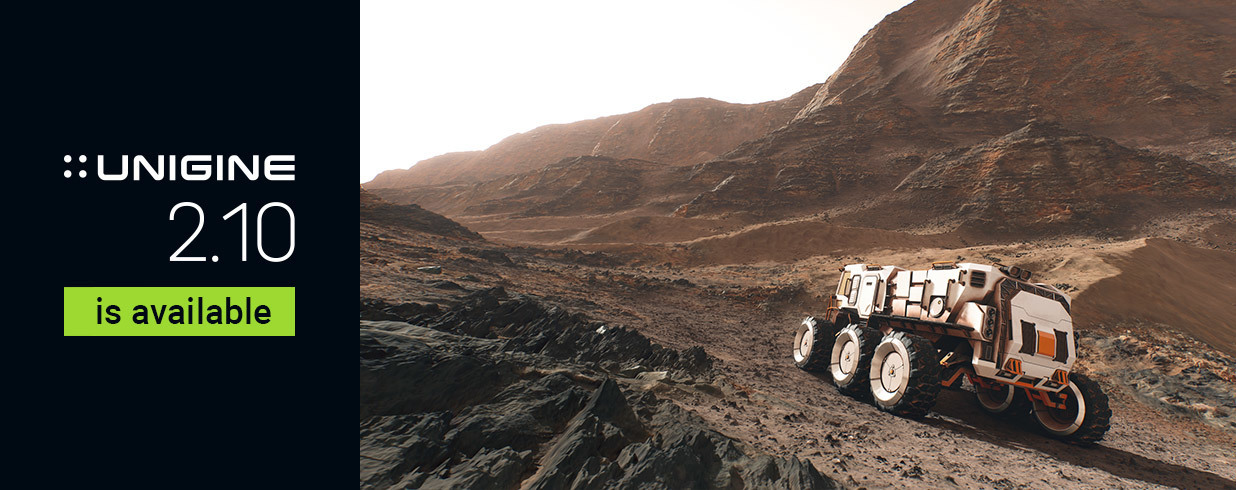
New Terrain System
After almost 2 years in development, we have the new terrain system production ready! Here is why it is special:
- Large scale (at least 10 000 x 10 000 km in size)
- Extreme details up to 1 mm per pixel
- Adaptive hardware tessellation with displacement mapping
- Dynamic modification in the runtime via API - craters, funnels, trenches
- Up to 24 million materials
- Non-destructive layer-based pipeline
- Binoculars/scopes support (x20 / down to 1-degree FOV)
- Dynamic multi-threaded streaming
- 20 multi-purpose masks (can be used for landcover classification, physical properties like friction coefficient or temperature)
- Support for simultaneous editing by a team of 3D artists
The new ObjectLandscapeTerrain is very useful for ground operations (especially with scopes/binoculars required or where runtime modification is a must) or projects where extreme level of details is required (including helicopter simulation).

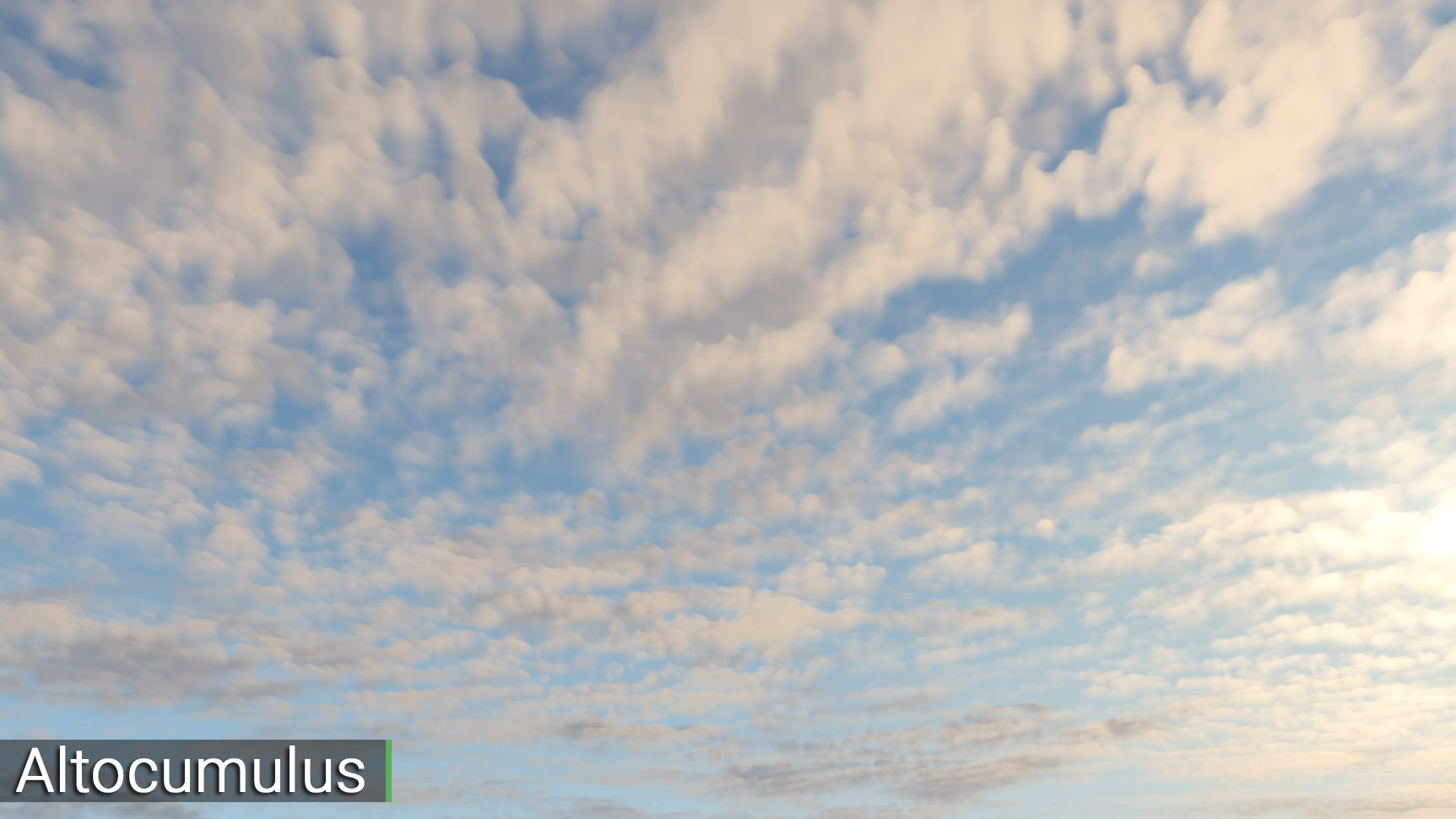
Improved Volumetric Clouds, More Types
UNIGINE's volumetric clouds system is extendable and enables you to create various types of clouds. But that requires adjustment of multiple settings as well as creation of custom textures. To make artist's life easier, we've added a number of new ready-to-use presets for the following cloud types: altocumulus, cumulus, stratocumulus, stratus, nimbostratus.
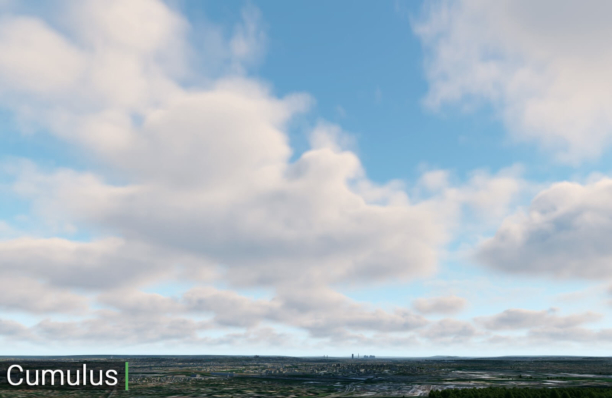
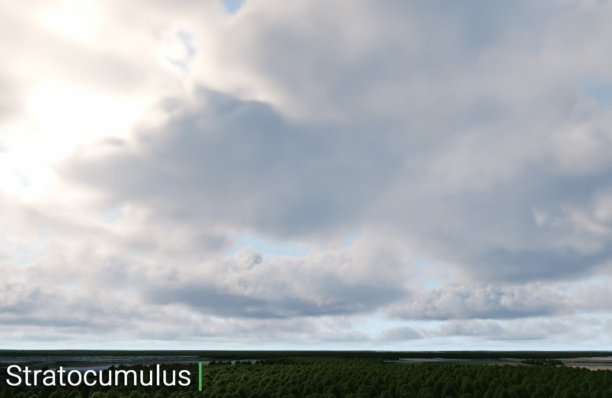
We have added an option to use a 3D detail distortion texture for clouds rendering instead of a previously used 2D texture, eliminating vertical extrusion of clouds that could occur at certain detail size settings.
Improved C++ and C# API
More or less often our users have complained that our API (as well as memory management) is a bit complicated and requires some effort to use it safely. In this release, we have significantly refactored our API to make it simpler and safer, so you could concentrate on application logic.
The list of other changes includes the following:
- Engine's singletons with improved thread safety and simplified access to their functionality.
- A set of new classes and functions to improve synchronization in multithreaded applications.
- Improved hierarchy management for nodes and widgets ensuring that all children are automatically deleted along with the root, as expected.
- Stronger typing with enums and bools replacing int values.
- Node management functionality (i.e., finding, adding, removing nodes, etc.).
High-Level Vehicle Physics System (Experimental)
Creating realistic wheeled vehicle simulations with UNIGINE has become much simpler now. Introducing a new high-level system, implemented as a set of C++ components, minimizing efforts required to create virtually any wheeled vehicle, be it a 4WD SUV, an exploration rover, or a sophisticated multi-axle transporter.
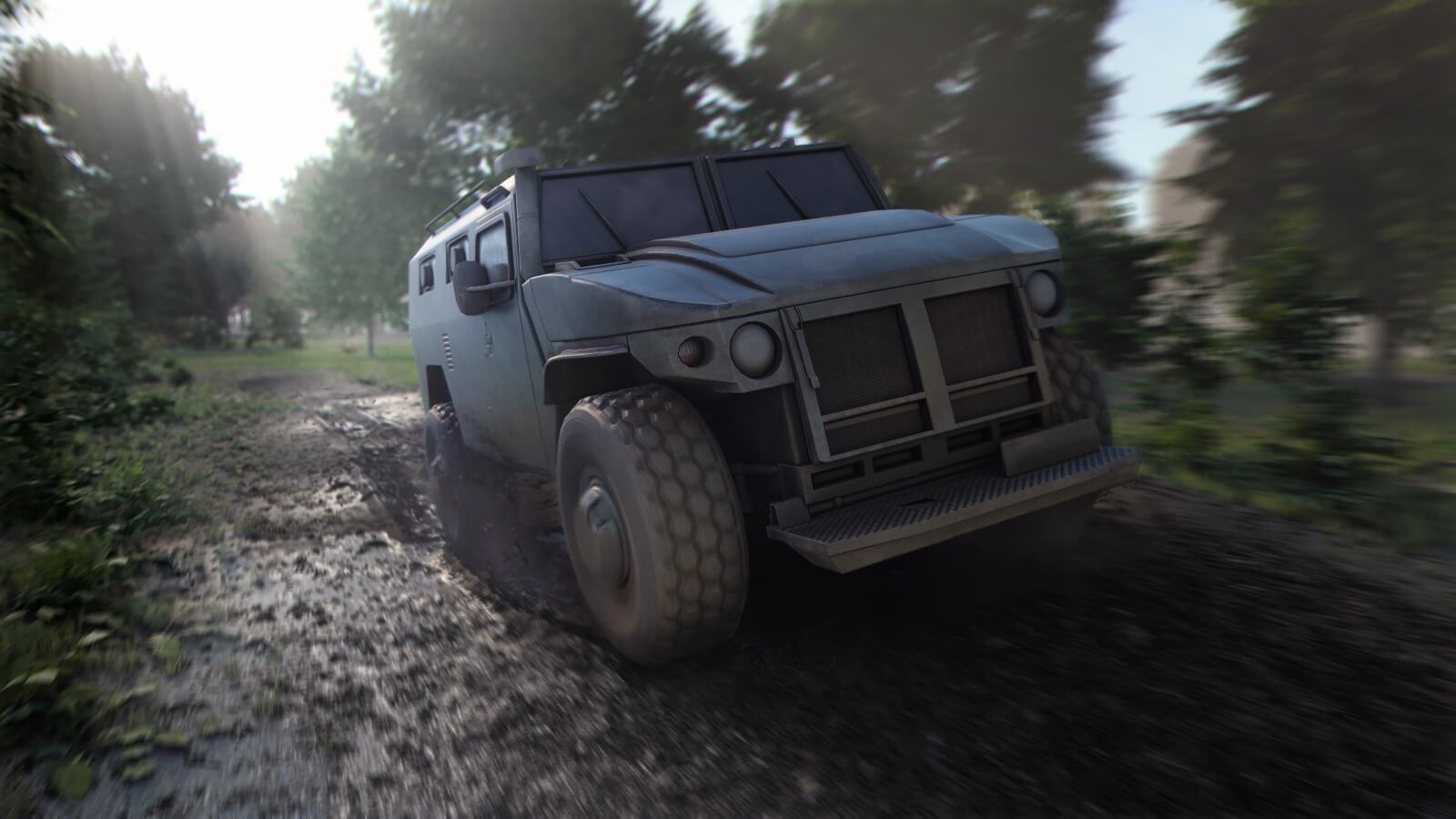
The following features are available:
- Setting engine's power and resistance curves, as well as idle speed (RPM).
- Gearbox simulation (manual and automatic) enabling you to adjust throttle and speed values for shifting gears along with transition time, as well as to set the number of gears and configure gear ratios.
- Mathematical wheel model for more realistic steering, enabling simulation of forces affecting the rotating wheel, along with an ability to adjust suspension travel distance, spring, and damping values.
- Easy setup of steering and driving axes along with capability to turn the differential lock on and off.
- Switching between different views (driver's view, external camera, etc.).
- Simulation of various surface conditions (such as dry, wet, snow-covered, or icy road, mud, and so on).
- A set of debug windows displaying information on all vehicle parameters in real time.
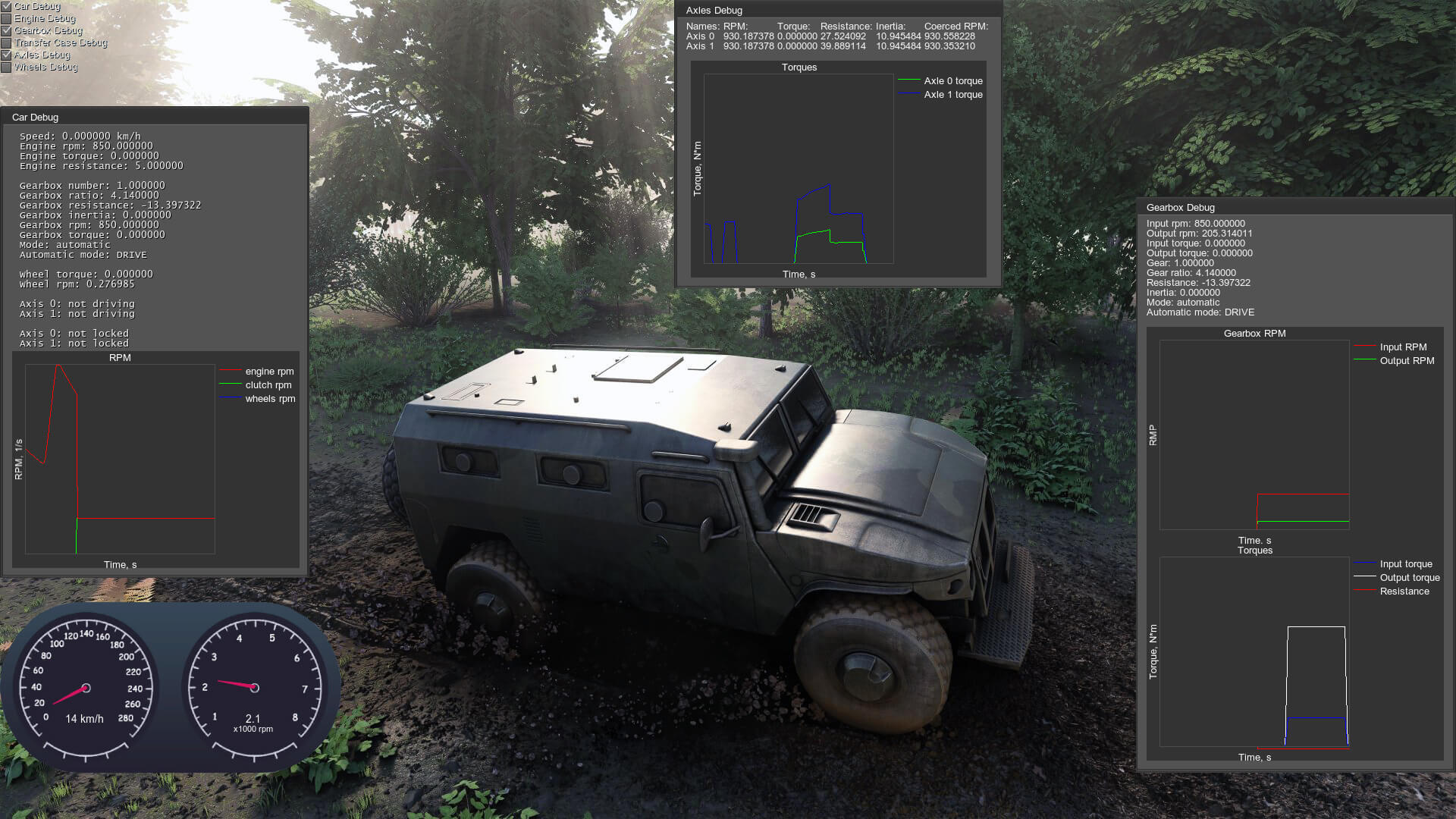
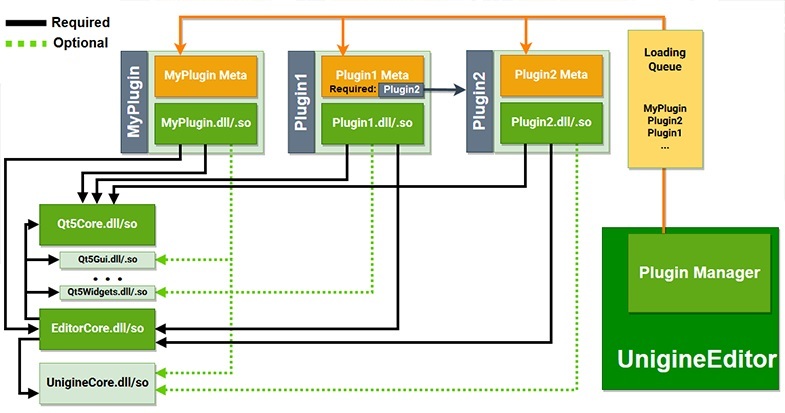
Introducing Plugins For UnigineEditor
In previous releases we put a lot of effort to make UnigineEditor a full-scale standalone application, enrich its functionality and improve its stability and performance. This time we've focused on giving you an ability to extend it.
Introducing a long-awaited UnigineEditor Plugin System and a public API, enabling users to create their own plugins to customize the Editor for their project-specific needs, e.g., add new menus, windows, toolbar commands, sub-modes, define how properties are displayed, etc.
Introducing a long-awaited UnigineEditor Plugin System and a public API, enabling users to create their own plugins to customize the Editor for their project-specific needs, e.g., add new menus, windows, toolbar commands, sub-modes, define how properties are displayed, etc.
Image Generator Updates
The IG (Image Generator) Application template, our plug-n-play component for professional distributed simulation systems has got a pack of updates:
- Adaptive quality management to maintain stable framerate
- Unified IG configuration for easier integration
- Integrated synchronization automatically handles multi-channel rendering frame-by-frame
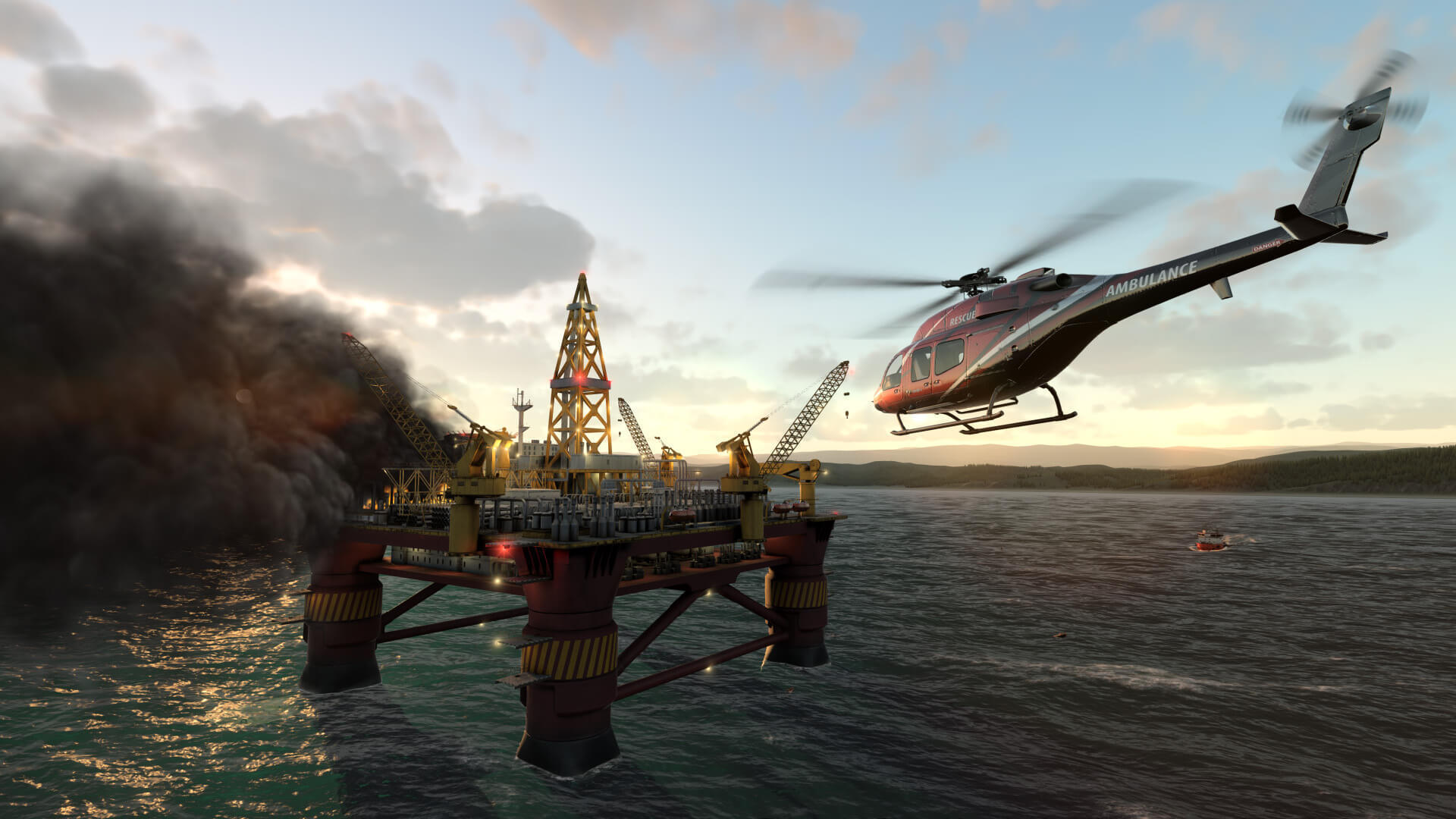
TESLASUIT Integration
UNIGINE now supports TESLASUIT - a human-to-digital interface designed to simulate experience and accelerate mastery in the physical world. The integrated complex of haptics, motion capture, and biometry provides improved human performance. The suit inputs haptic feedback to any area of the body, from a gentle touch, to feelings of physical exertion and temperature, and outputs motion capture and biometrics.
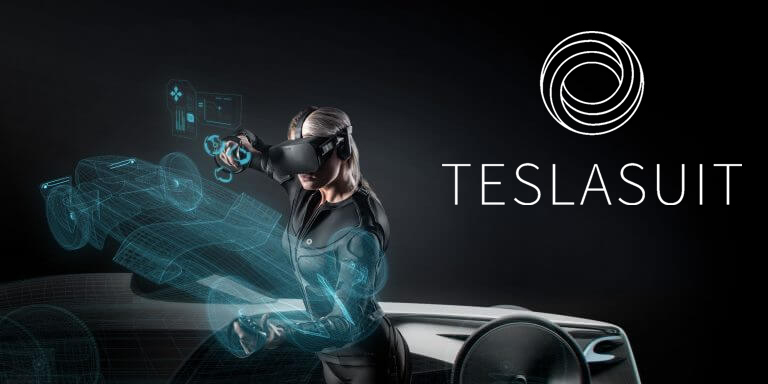
TESLASUIT provides deeper sensory immersion in VR and AR environments, enabling users to safely experience stressful, hazardous scenarios as though they’ve lived them.
There Is Much More!
Read more details in the full release notes.
Lets watch a video review of the features of UNIGINE Engine 2.10:
UNIGINE SDK 2.10 is available NOW, hurry to download it!